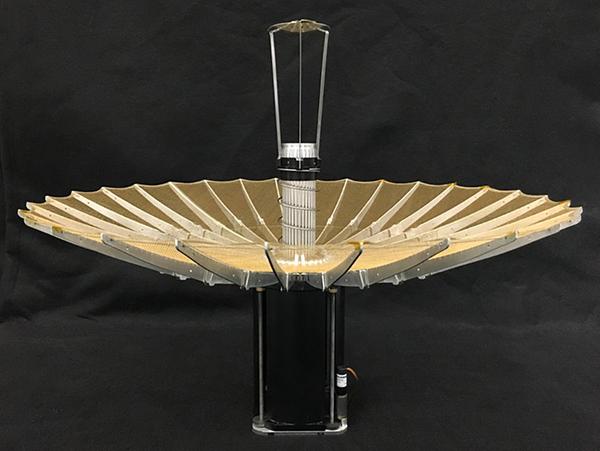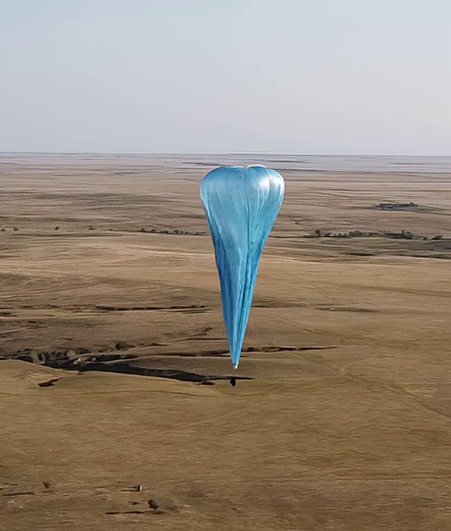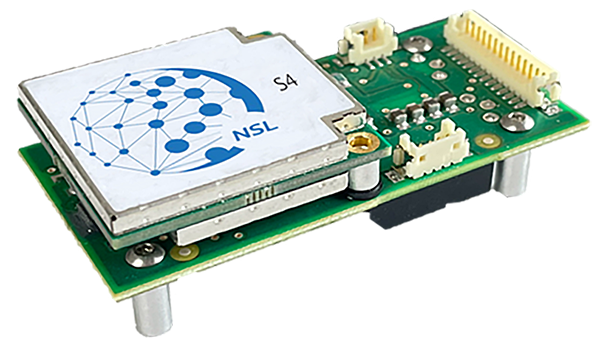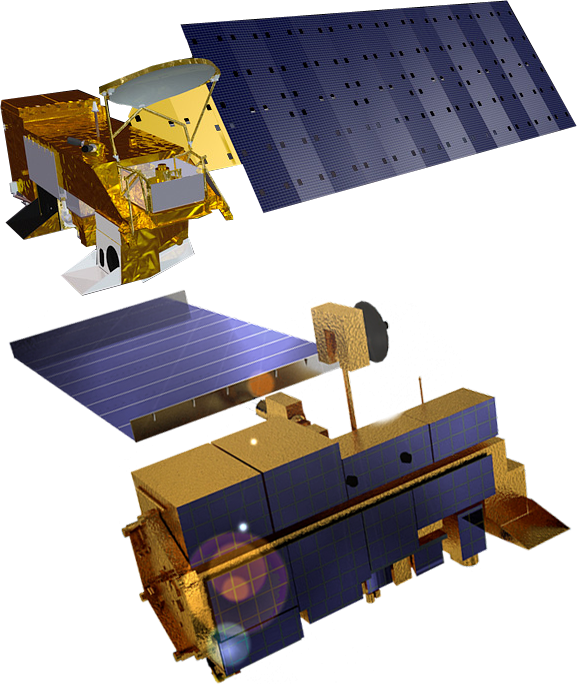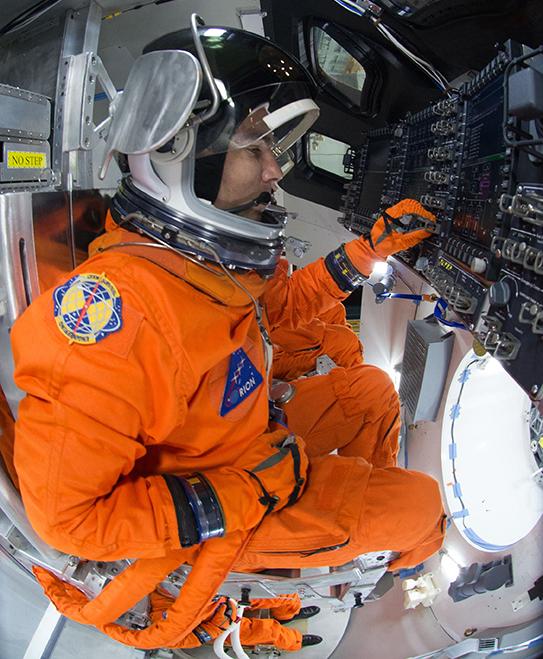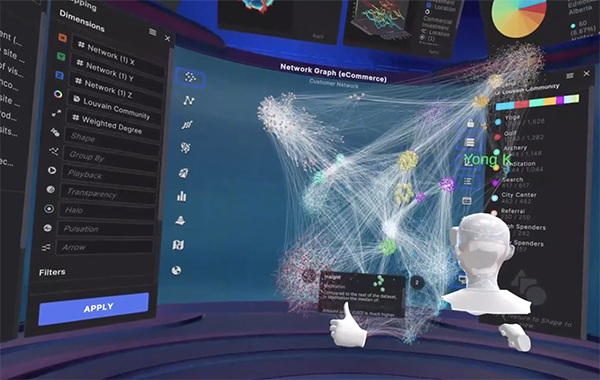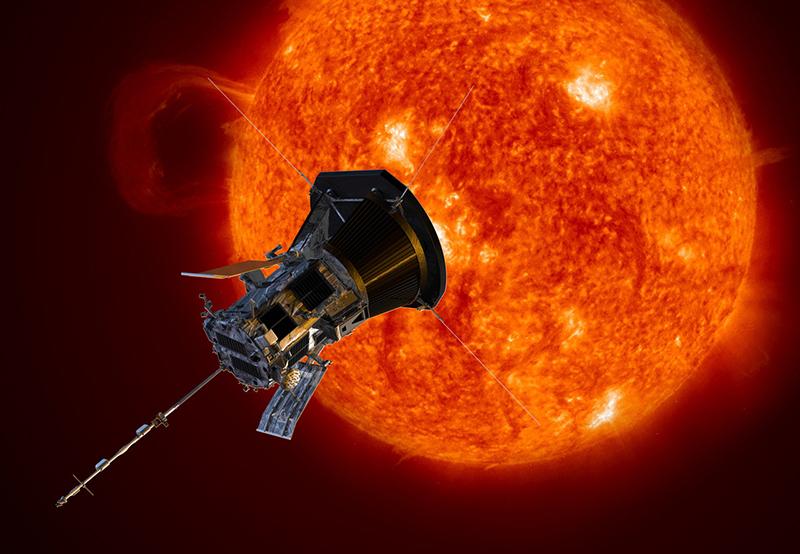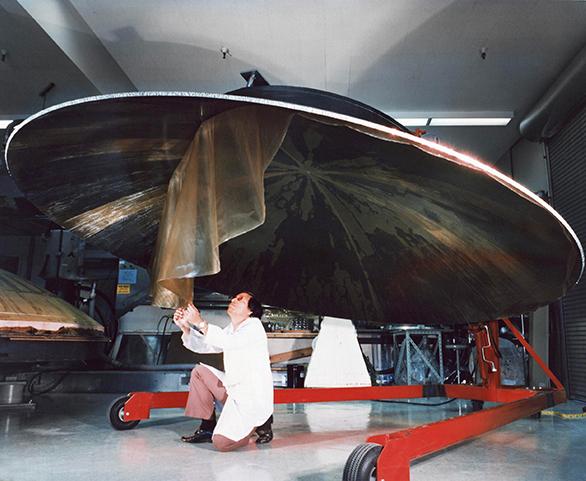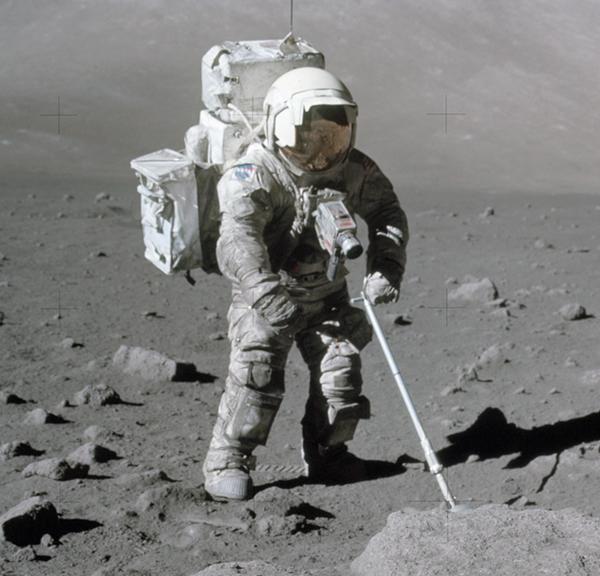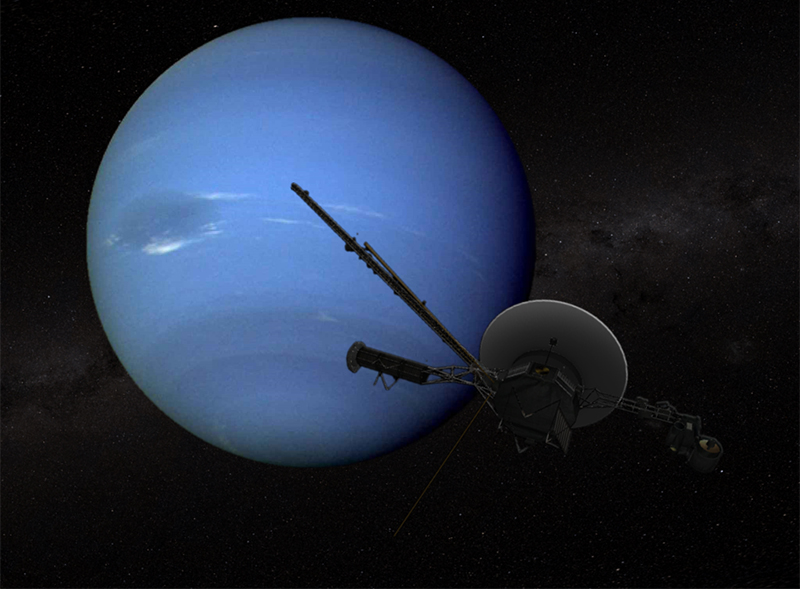
Artificial Intelligence Targets Advertising by Understanding User
NASA Technology
A couple of years ago, AJ Abdallat went online and bought a bracelet from a major department store as a gift for his wife. He wasn’t happy with the product, he says, but to this day, he continues to receive online advertising based on that one negative purchasing experience. “Every time I log into Yahoo, they’re pushing ads for this store to me,” he says.
This is the kind of ham-handed online advertising that Abdallat, CEO of the new startup Beyond Limits Corporation, based in Thousand Oaks, California, says is soon to become a thing of the past. The company has licensed two artificial intelligence programs from NASA’s Jet Propulsion Laboratory (JPL) that will enable Beyond Limits to target digital marketing with far greater precision.
The creator of both those programs is Mark James, scientist with the Reasoning, Modeling, and Simulation Group at JPL. He and colleague David Atkinson created the earliest version of the Spacecraft Health Inference Engine (SHINE) back in the 1980s. “It was designed because, in the early days, spacecraft had very little computational power,” James recalls.
Traditional expert-system software, which simulates the knowledge and judgment of a human expert in a given field, uses a vast knowledge base to process input and relies on a large mainframe computer or server to execute. It would include a general-purpose reasoning system that would repeatedly interpret the rules of its knowledge base. SHINE, by contrast, compiles the same knowledge base into a compact representation, which can natively be executed on the user’s computer much faster, and which it uses to synthesize a lean, custom solution for each problem presented. It’s as if, rather than calling in an entire 100-member advisory team to solve a given problem, one sends for just the two specialists needed to address the specific issue at hand, James explains. “The other 98 people can go away, and you can get the problem solved much quicker and in a smaller space.”
A number of years ago, SHINE and C Language Integrated Production System (CLIPS)—a popular expert-system tool also created by NASA—were benchmarked executing the same test knowledge bases. CLIPS executed about 40,000 rules per second with a 20-megabyte memory footprint, while SHINE executed the same knowledge base at 100 to 300 million rules per second with just a 20- to 30-kilobyte memory footprint, demonstrating “tremendous performance improvements over anything else out there,” James says.
SHINE was designed to monitor the health of spacecraft systems, and the inference engine first proved itself when it discovered an anomaly in the Voyager spacecraft’s telemetry system just before the craft’s encounter with Neptune in 1989. Had SHINE not made this discovery, mission progress could have been impeded. Since then, it’s been used on many other NASA missions. For example, SHINE was used on the ground to perform telemetry analysis for the Galileo and Magellan missions, and it performed diagnostics and prognostic monitoring for the Extreme Ultraviolet Explorer mission and the NASA Deep Space Network, which maintains communications with spacecraft. It’s also found a host of other applications in most military branches.
All along, it’s been continually improved to make it faster and smarter. James says SHINE has been used to solve problems in cybersecurity, has been embedded in appliances, and has performed diagnostics for instrumented systems, robotics, and security systems, among others.
The other program Beyond Limits licensed is also powered in part by SHINE. Hunter is a natural language-understanding system James developed about six years ago. “It differs from other systems by allowing you to define models for what you wish to know and being able to extract that content from poorly structured text,” James says. Whereas other language-understanding approaches use either template-matching or grammar-based solutions—comparing text with preprogrammed example phrases—Hunter can take a single representative statement and come up with hundreds of ways to paraphrase it because it hunts for intention rather than trying to parse everything using a traditional grammar.
Technology Transfer
Beyond Limits was formed in 2012 and licensed a suite of software programs and two patents from NASA the following year. The company set to work, making improvements to the software, especially SHINE, and figuring out how to use it to target online advertising to individual users.
Rather than simply remembering that a user once bought something from a particular store or pushing content based on words a user has typed, the software seeks to understand a person’s intent at a given time and push relevant content, Abdallat says. He notes that this information can be combined with any demographic information that might be available, as well as individuals’ Internet history to refine inferences about their intents and interests.
“Clearly, artificial intelligence, rule-based systems, and natural language understanding were the natural tools and building blocks for this capability,” he says.
Benefits
The software makes its inferences beginning with the assumption that an Internet user’s intent and sentiment are uncertain and change from day to day, Abdallat says. Someone looking at toy-store Web sites might not be a toy collector but simply looking for a baby-shower gift, for example. Using Hunter, the programs can determine not just what Web sites were visited but the subject matter of specific content that was read.
Abdallat notes that companies like Amazon and Netflix are spending tens of millions of dollars annually to improve their recommendations to users, with mixed results. In 2014 Google spent $400 million to acquire Deep Mind, a company that hadn’t even created a product yet but employed some of the world’s foremost experts in a cutting-edge field of artificial intelligence known as “deep learning.”
“This is a market where artificial intelligence capability is taking a major role,” Abdallat says of the online media and advertising business. Companies are losing interest in billboards and print advertisements, and the only advertising sector that’s growing is digital marketing.
“With mobile devices, social networks, apps, that’s where consumers are now getting information, especially the highly coveted 18- to 32-year-old demographic,” he says. “And brands are demanding higher and higher return on investment.” Nonetheless, online advertising only averages around one click out of a thousand views. The surest way to boost that number is through better-targeted advertising, Abdallat says. “It’s an area looking for a solution because the industry is changing. We think the NASA technology can make a significant difference here.”
Abdallat says the work was only made possible by the considerable funding, research, and development on NASA’s part to create the original software. By early 2015, the company employed eight people and was just beginning its first commercial endeavors. “We have a product, and we’re working with three big companies to implement our capabilities into their solutions,” he says.
But NASA has also benefited from the partnership. According to the licensing agreement, the Agency is entitled to any improvements Beyond Limits makes to the software, and James says the company has made upgrades, particularly to SHINE, making it significantly more sophisticated.
“Their enhancements allow us to solve much more complex problems and pursue work we were previously unable to do,” James says.

SHINE, an artificial intelligence program NASA designed to monitor the health of space systems, is now being used to determine the intent and sentiment of Internet users to better target advertising.

The Jet Propulsion Laboratory’s Spacecraft Health Inference Engine (SHINE) first proved itself when it discovered an anomaly in the Voyager spacecraft’s telemetry system just before the craft’s encounter with Neptune in 1989. Since then, the software has been used to monitor the health of a host of NASA systems.





